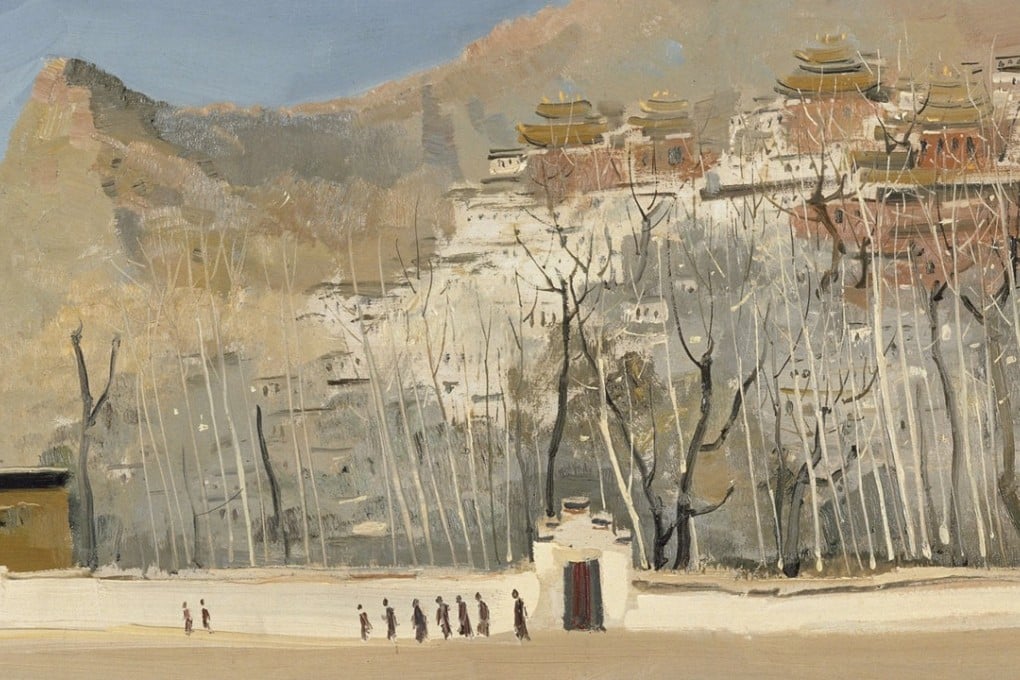Wu Guanzhong: a Chinese original whose art blended Western and native styles
Lionised in death, artist who chose to return from West to Communist China was criticised in his lifetime for art that fused two traditions to create a new aesthetic

Wu Guanzhong, the Paris-trained Chinese artist, returned to China in 1950, shortly after the Communists took power, and stayed there the rest of his long life. By the time he died in 2010 at the age of 90, he had become one of the most celebrated Chinese artists of his generation.
His paintings frequently tested records for Chinese art in auctions, his reputation reinforced by major exhibitions, and Asian museums received gratefully his personal donations of hundreds of works.
Posthumously, efforts to lionise him continue. On August 22, the Hong Kong Museum of Art said it would open a permanent Wu Guanzhong Art Gallery next year after it received an unprecedented sixth donation of works from the Wu estate.
The addition of Wu’s last works, significant sketches and personal memorabilia has brought the Hong Kong museum’s collection to around 450 pieces.
In 2016, the Singapore National Gallery also opened its own Wu Guanzhong gallery to permanently showcase the highlights of its collection of more than 100 of the artist’s works. A new exhibition, “Wu Guanzhong: Expressions of Pen & Palette”, opened there on Friday.
Elsewhere, there are significant collections at the Shanghai Art Museum and Zhejiang Art Museum in China, and they too have been featured in a number of exhibitions since Wu died.